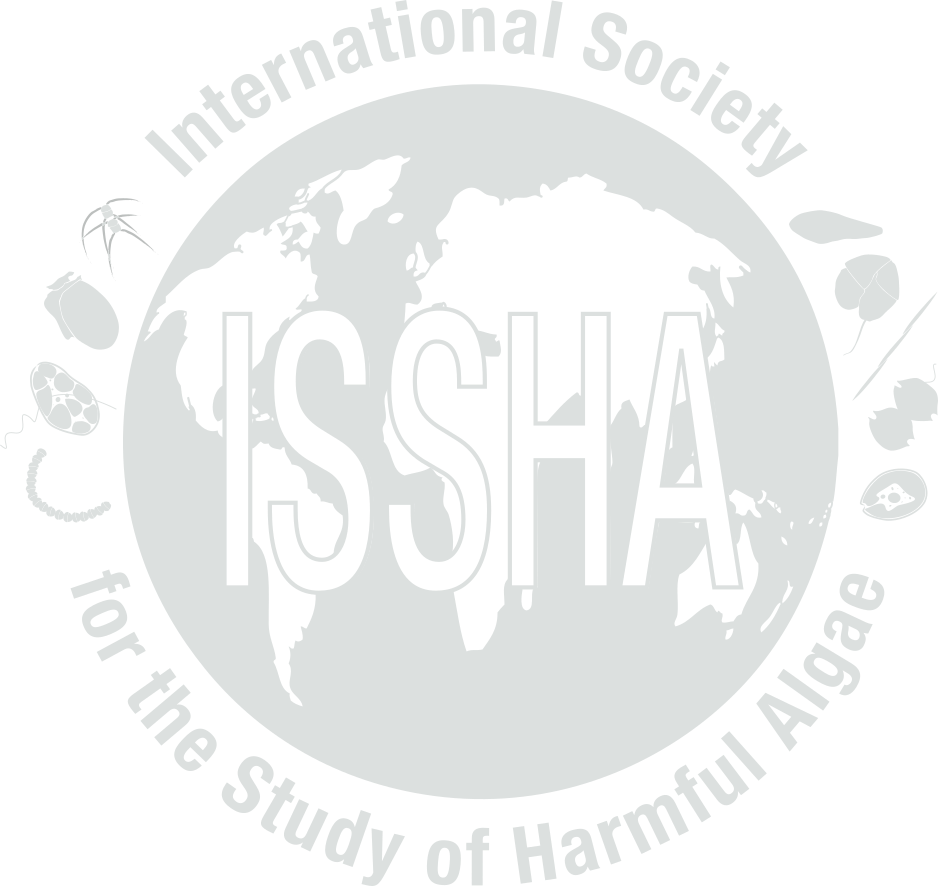


| Event name: | US-89-004 | |
| Country: | UNITED STATES | |
|
Nature of the harmful event: |
Water Discoloration , Foam/Mucilage in the coast | |
|
Event directly affected: |
||
| Toxicity detected: | No | |
| Associated syndrome: | ||
| Unexplained toxicity: | No | |
| Species implicated in toxin transmission (transvector): | ||
| Report the outcome of a monitoring programme: | Yes | |
| Event occurred before in this location: | Yes (These bloom normally occur earlier or later in the year, however, summer diatom blooms have been common in recent years.) | |
| Individuals to contact: | OLSEN, Paul | |
| Location: | Latitude: , Longitude: | |
| General location information: |
Raritan / Sandy Hook Bay., New Jersey Coast. HAB Area code(s): US-09 |
|
| Additional location information: | Most intense and persistent in the stuary. | |
| Bloom event dates (yyyy/mm/dd): | ||
| Quarantine levels dates (yyyy/mm/dd): | ||
| Additional date-related information: | Mid-July - early September. | |
| Causative organism known: | Yes | |
| Causative Species/Genus: |
Skeletonema costatum
( cells/L)
Dominant species Cylindrotheca closterium ( cells/L) Dominant species Thalassiosira spp. ( cells/L) Subdominant species Hemiaulus sinensis ( cells/L) Subdominant species Chaetoceros spp. ( cells/L) Subdominant species |
|
| Co-Ocurring Species/Genus: | ||
| Chlorophyll concentration, if known: | >30 to >100 µg/L Chlª. µg/l | |
| Additional bloom information: | Several other dinoflagellates and diatoms species abundant. Total cell counts attaining well in excess of 100,000,000. | |
| Event-related bibliography: | ||
|
||||||||||||||||||||||||||
| Nutrient information: | ||||||||||||||||||||||||||
| Temperature Range During Event: | Max: °C, Min: °C | |||||||||||||||||||||||||
| Salinity Range During Event: | Max: 27, Min: 21 | |||||||||||||||||||||||||
| Bloom location in the water column: | ||||||||||||||||||||||||||
| Growth: |
In situ |
|||||||||||||||||||||||||
| Growth Comments | Primarly in situ except possible in the estuary. C. closterium is the only dominant species more characteristic of the estuary than of these coastal waters. | |||||||||||||||||||||||||
| Additional Environmental information: | Water turbid. | |||||||||||||||||||||||||
|
|||||||
| Kit used: No | Type of kit used: | ||||||
| Additional information: | |||||||
| Economic losses: | |||||||
| Management decision: | Continues surveillance, intensive survey of the estuaries area. | ||||||
| Additional harmful effect information: | Brown water discoloration throughout, especially in the estuary and adjacent coastal waters. Resultant brown flocculent material and foam deposits on the area shores. | ||||||
